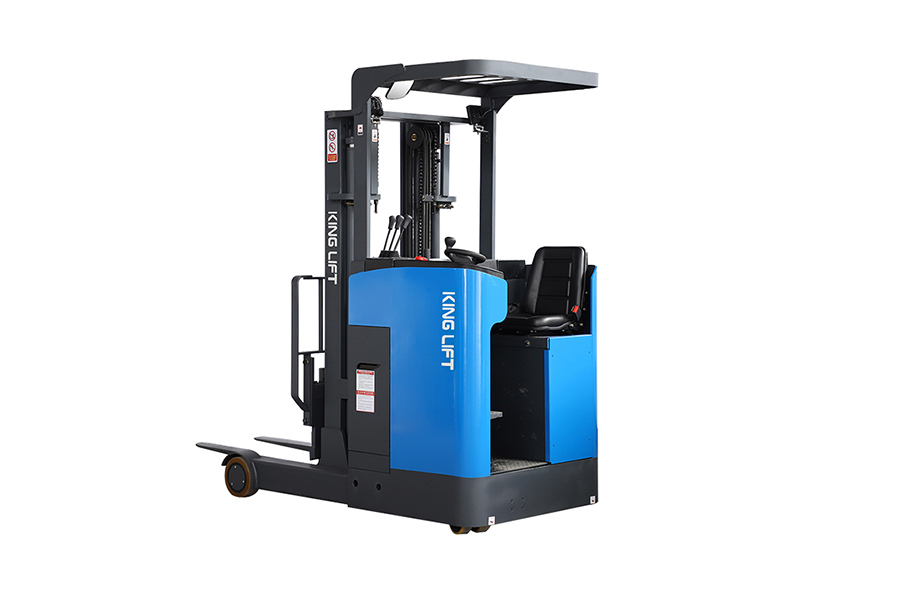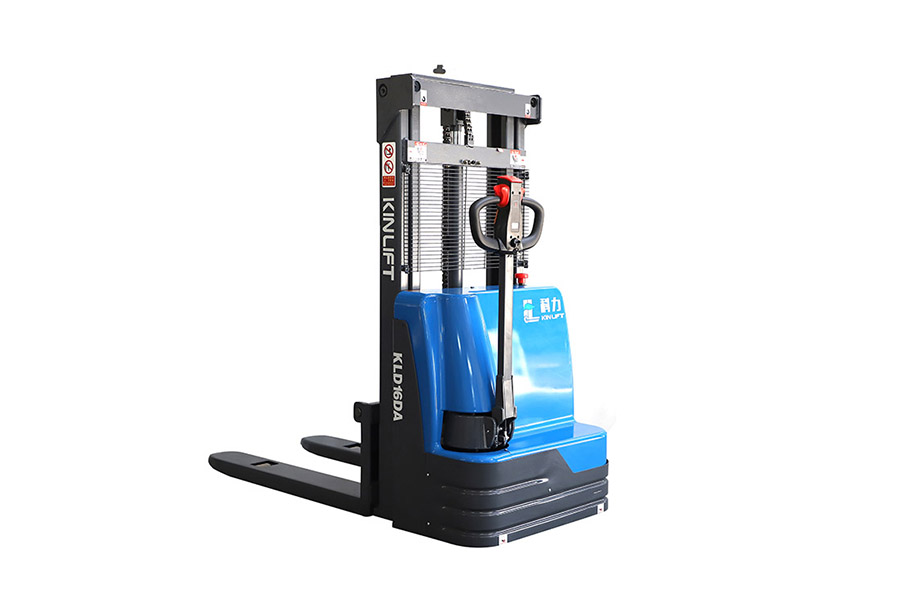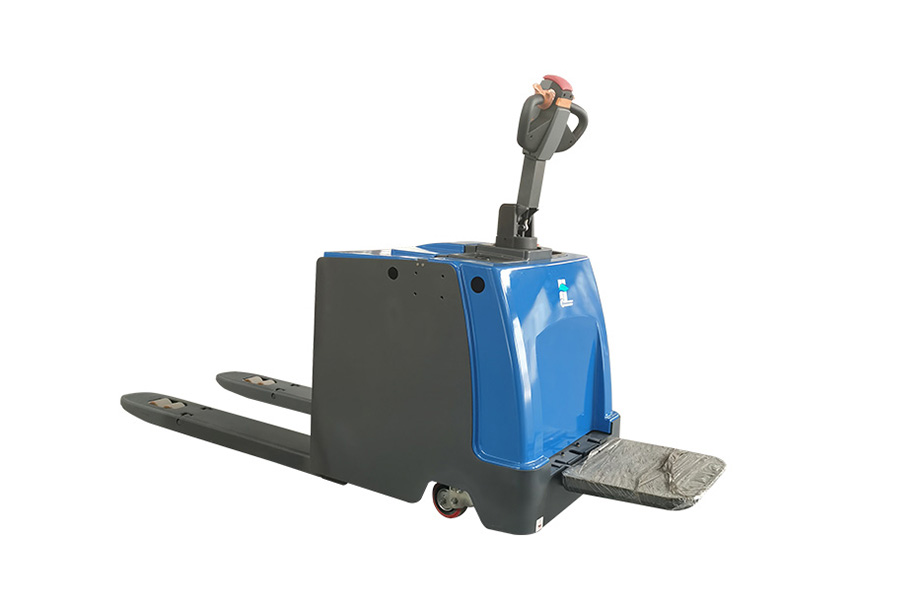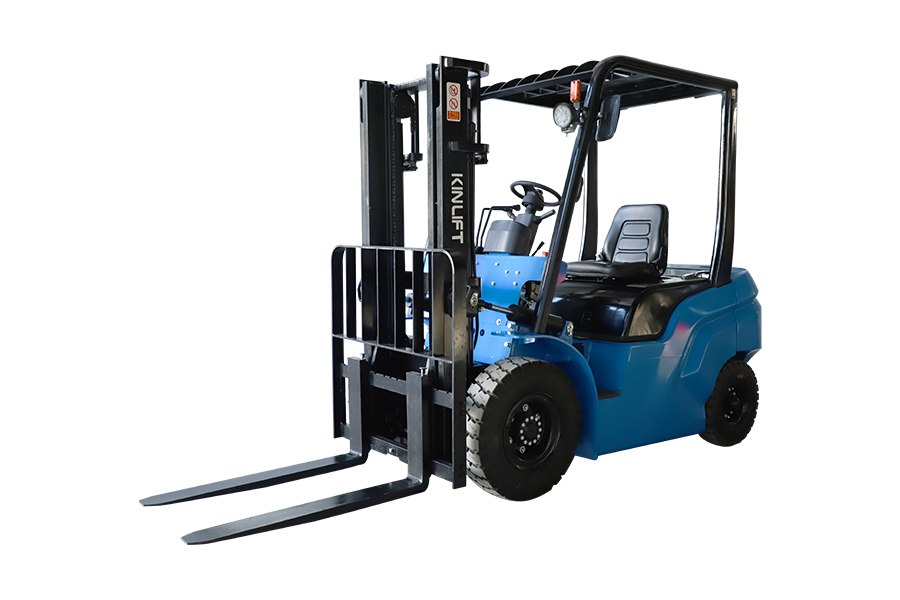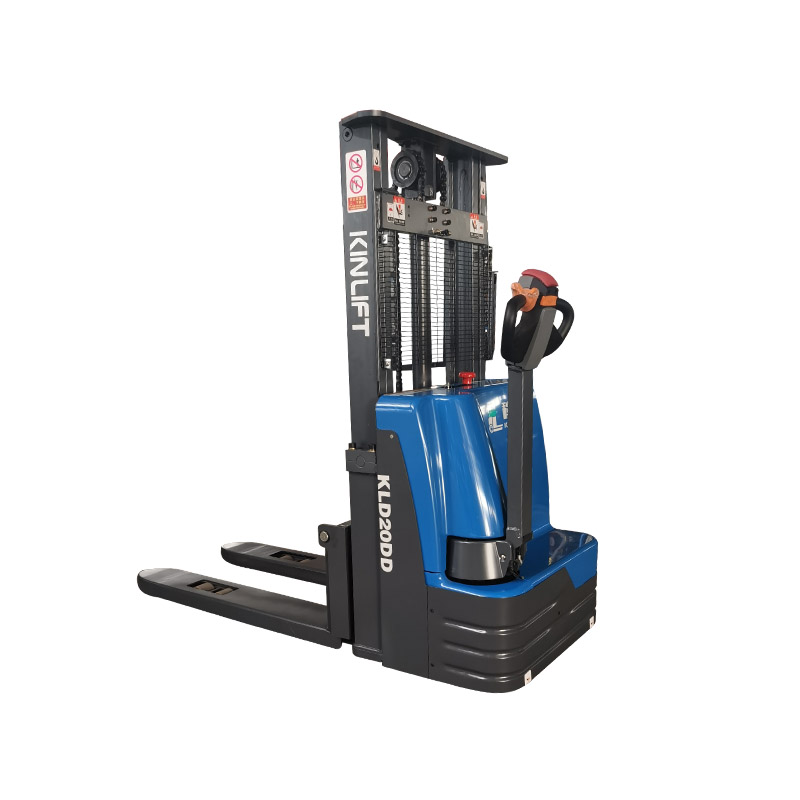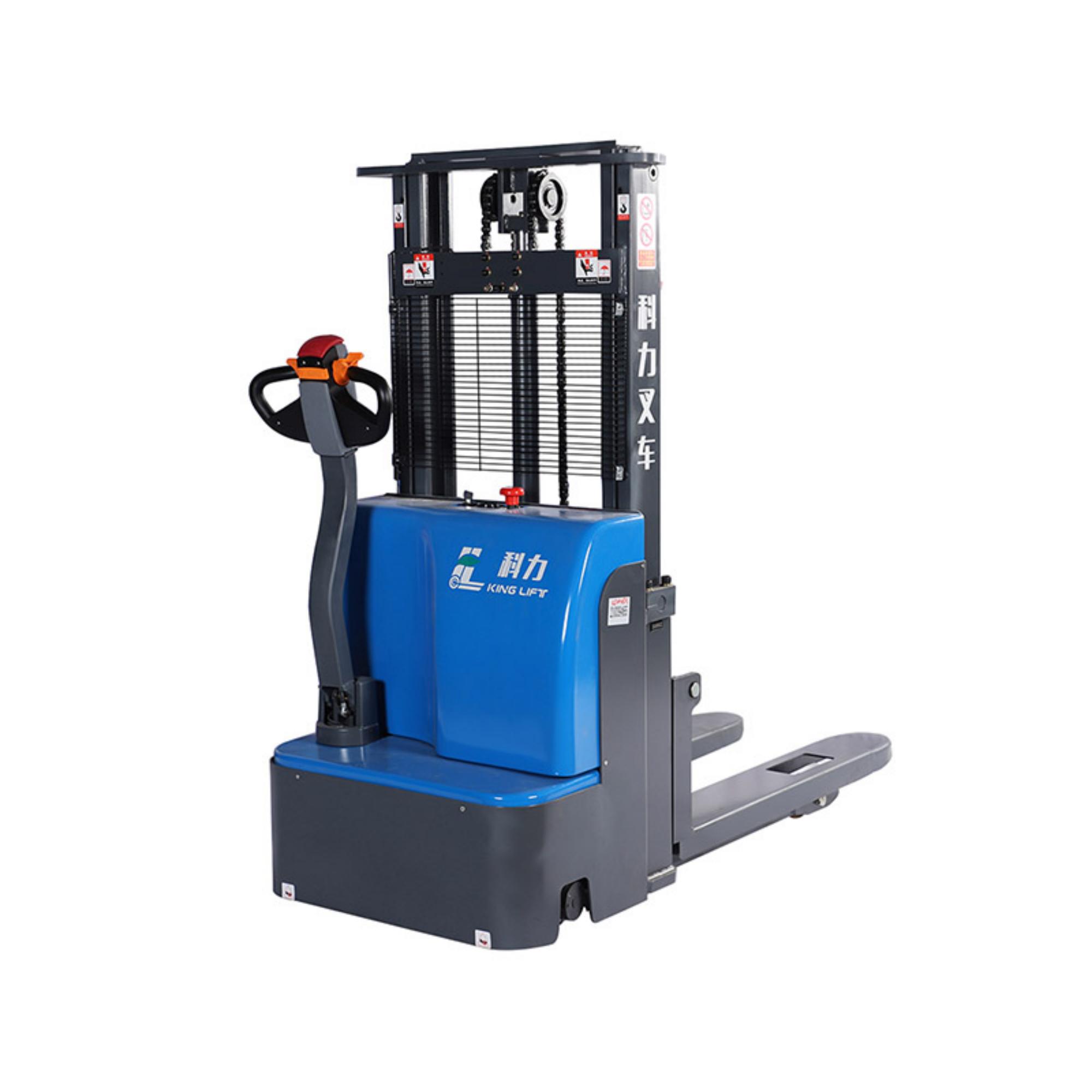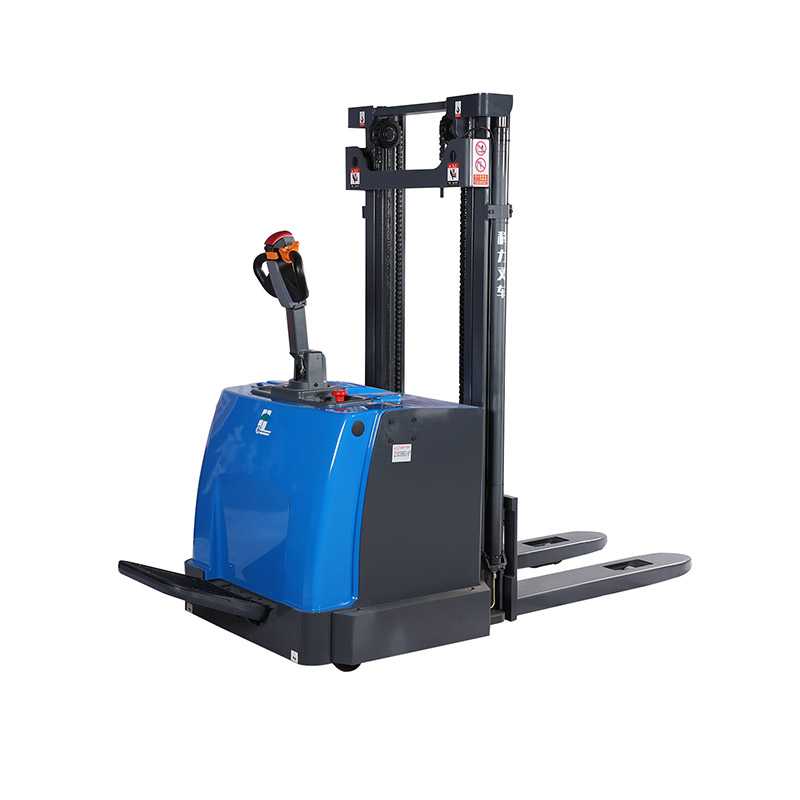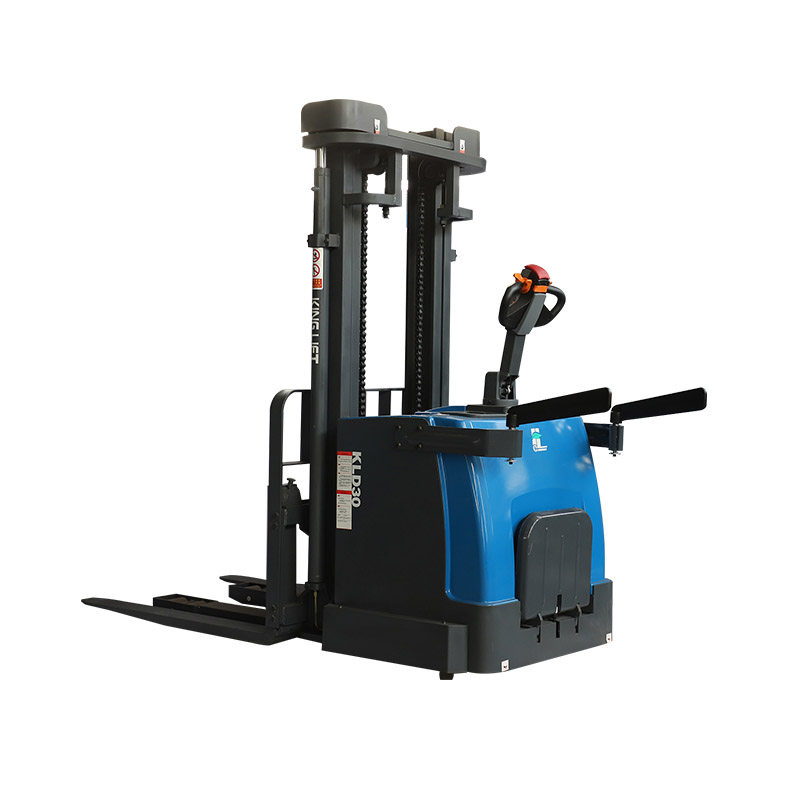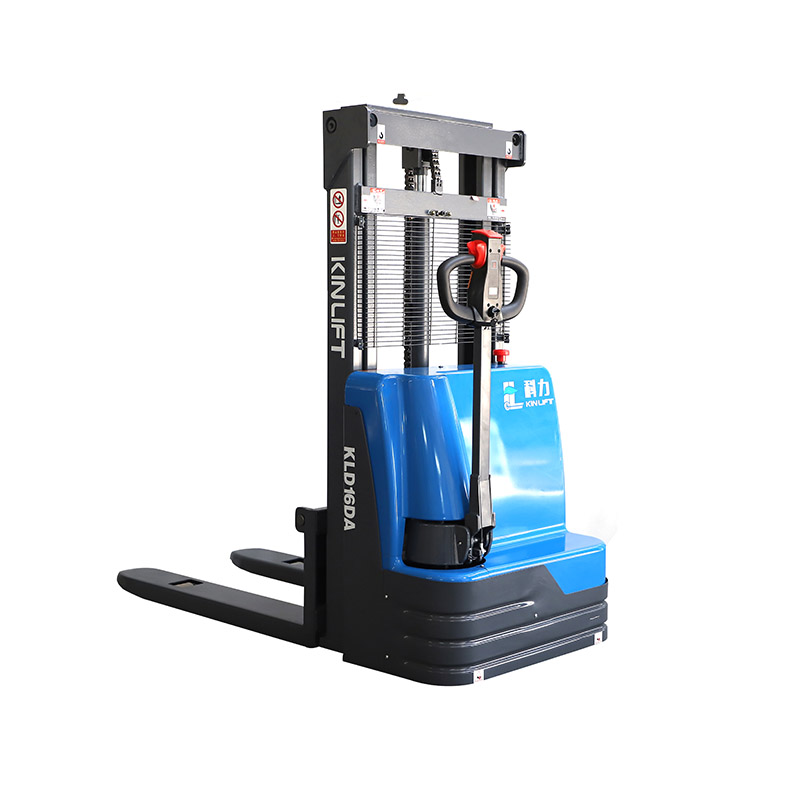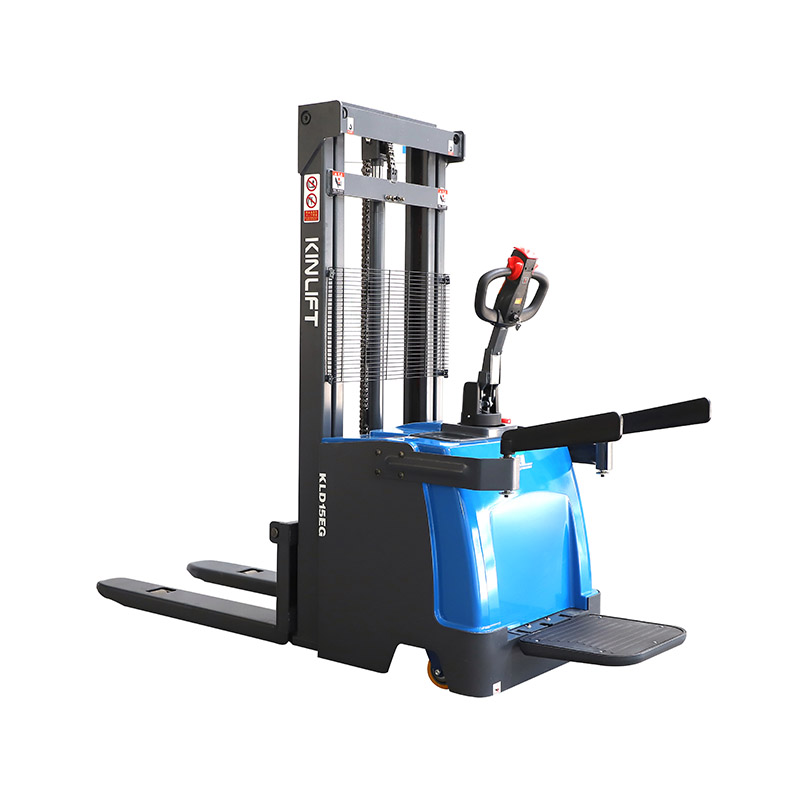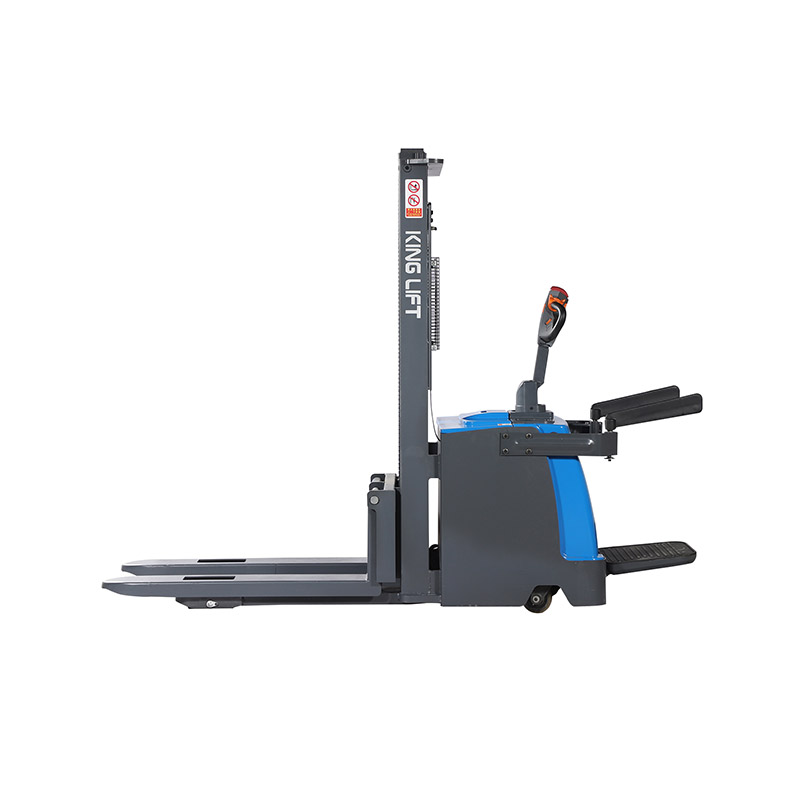With the rapid development of the cold chain logistics industry, higher requirements have been put forward for the efficiency and stability of the warehousing link. In cold chain warehouses, electric forklifts (Electric Forklifts For Warehouse Use) as the core handling equipment needs to continue operating in extremely low temperature environments of -20℃ or even lower. However, low temperatures will have a significant impact on the mechanical performance and battery life of the forklift. To this end, the industry is actively exploring low-temperature protection technology and battery life optimization solutions to ensure the reliable operation of Electric Forklifts For Warehouse Use in cold chain environments.
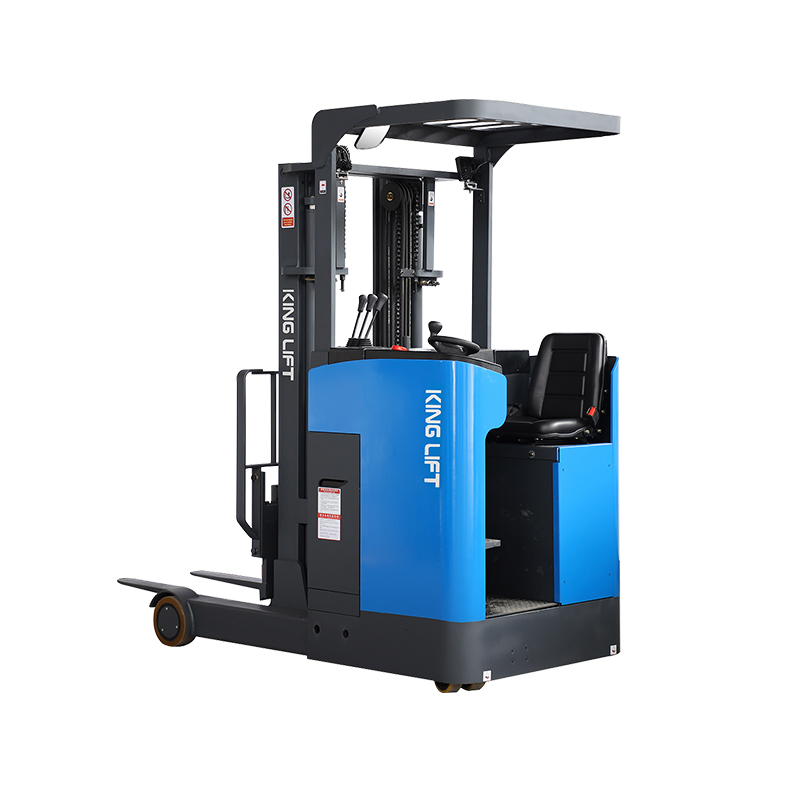
Challenges of low-temperature environments for electric forklifts
The low temperature environment brings many challenges to Electric Forklifts For Warehouse Use. At the mechanical components level, low temperatures will increase the viscosity of lubricating oil, which will increase the resistance of the hydraulic system, steering system and transmission components of the forklift, reduce the operating efficiency, and may even intensify component wear due to insufficient lubrication. Rubber seals will become hard and brittle at low temperatures, lose their elasticity, resulting in a degradation of sealing performance and problems such as oil and air leakage, affecting the normal use of the forklift. Metal components can also experience cold brittleness at low temperatures, and their toughness and impact resistance are reduced, increasing the risk of structural fracture.
In terms of battery performance, the impact of low temperature on electric forklifts is particularly significant. Whether it is a traditional lead-acid battery or a new lithium battery, low temperature will cause the internal chemical reaction speed to slow down and the internal resistance of the battery to increase, thereby reducing the battery capacity and reducing the charge and discharge efficiency. At extremely low temperatures, the battery life may be reduced by 30% or even more, and frequent charging not only reduces operating efficiency but also shortens battery life. In addition, low temperatures may also cause misjudgment of the battery management system (BMS), triggering over-release protection, causing the forklift to suddenly shut down during operation, affecting the normal operation of the cold chain warehouse.
Innovative application of low temperature protection technology
In order to cope with the challenges of low temperature, the industry continues to innovate in the low temperature protection technology of electric forklifts. In terms of material selection, special materials with excellent low temperature performance are used to replace traditional component materials. For example, low-temperature resistant synthetic lubricating oil can maintain good fluidity at low temperatures to ensure smooth operation of all parts of the forklift; low-temperature resistant rubber materials are used to make seals to ensure elasticity and sealing performance in low-temperature environments; key metal parts are made of alloy steel with good low-temperature toughness to reduce the risk of cold brittleness.
In terms of structural design, the key parts of the forklift are optimized in a targeted manner. Add heating and insulation devices to the hydraulic system, and keep the hydraulic oil at the appropriate working temperature through electrical heating or hot water circulation to ensure the response speed and stability of the hydraulic system. The battery compartment is designed to insulated and insulated, and a double-layer insulation material is used to wrap the battery compartment, and an automatic temperature control system is equipped with an automatic temperature control system. When the temperature is too low, the heating function is automatically activated to maintain the battery within the appropriate working temperature range. In addition, the electrical system of the forklift is waterproof, moisture-proof and anti-freeze treatment to avoid circuit short circuits or component damage caused by condensation or icing.
Exploration of battery life optimization solution
Improving the battery life of electric forklifts in cold chain warehouses has become the focus of the industry. In terms of battery technology innovation, new low-temperature performance lithium batteries are gradually emerging. By improving the electrode material, electrolyte formulation and battery structure, this type of battery improves the ion conduction efficiency in low-temperature environments, reduces the internal resistance of the battery, and effectively improves the low-temperature charging and discharge performance. For example, some lithium batteries use graphene composite electrode materials, which significantly enhances the low temperature adaptability of the battery and can maintain a high charge and discharge efficiency under an environment of -30℃.
In battery management strategies, intelligent battery management systems (BMSs) play a key role. Advanced BMS can monitor the battery's voltage, current, temperature and other parameters in real time, and optimize the battery's charging and discharging process through algorithms. In low temperature environments, the BMS can automatically adjust the charging current and voltage, and adopt a staged charging strategy to avoid uneven heating or damage to the battery due to high current charging; during the discharge process, dynamically adjust the output power according to the battery status, give priority to ensuring the operation of the key functions of the forklift and extending the battery life. In addition, the battery thermal management technology is promoted to adjust the battery temperature through liquid-cooled or air-cooled systems to ensure that the battery is always at the optimal working temperature and further improve battery life.
Future development trends
With the continuous expansion of the cold chain logistics industry, the performance requirements for Electric Forklifts For Warehouse Use suitable for warehouse operations will continue to increase. In the future, low-temperature protection technology and battery life optimization solutions will be further upgraded. The application of new materials and new processes will make forklifts more reliable and durable in extremely low temperature environments; artificial intelligence and big data technology will be deeply integrated into the battery management system to achieve more accurate battery status prediction and performance optimization. At the same time, with the maturity of new energy technologies such as hydrogen fuel cells, electric forklifts are expected to obtain more efficient and lasting power support in cold chain warehouses, and promote the direction of cold chain storage and logistics to become intelligent and green.


 English
English русский
русский